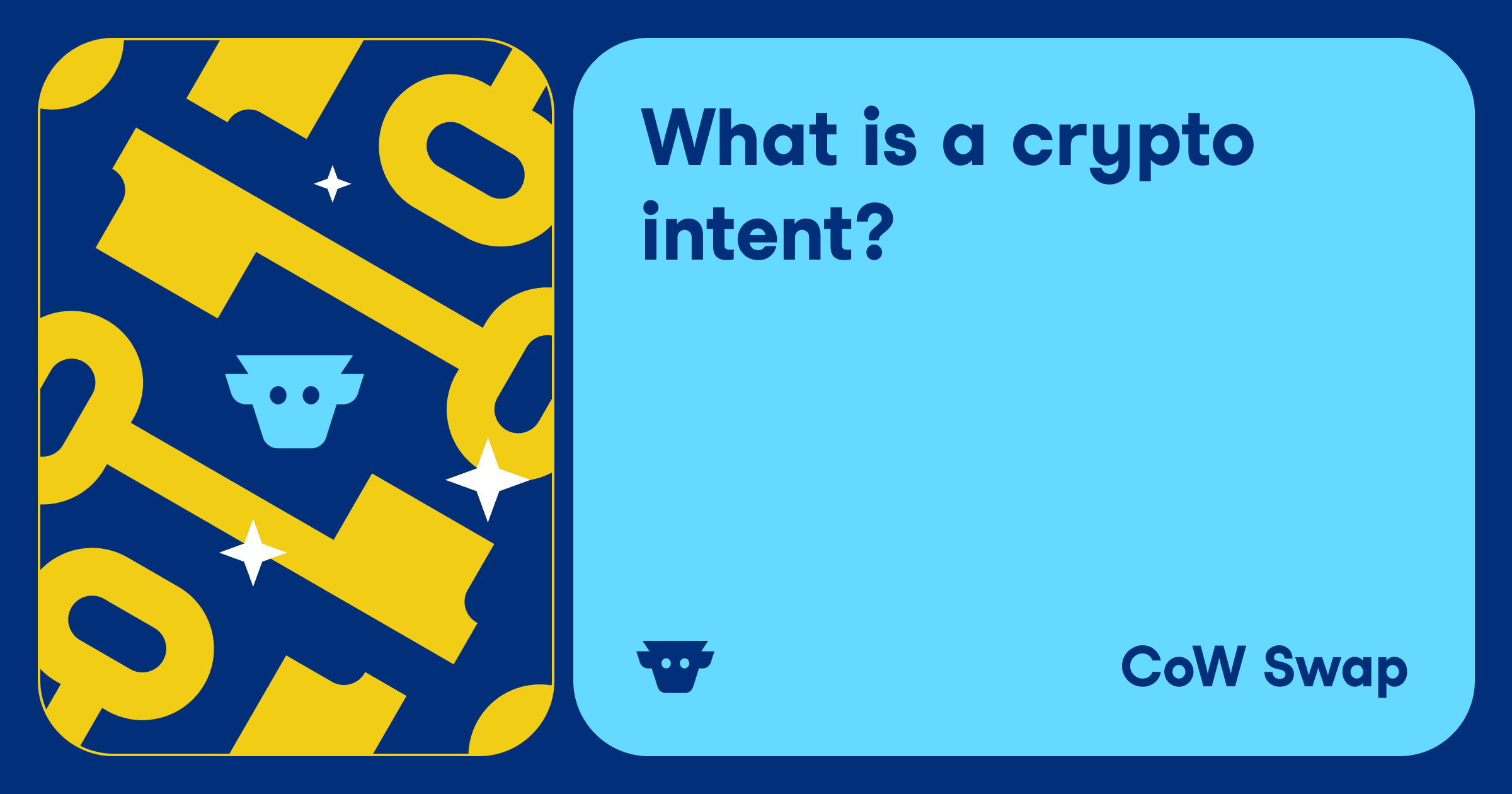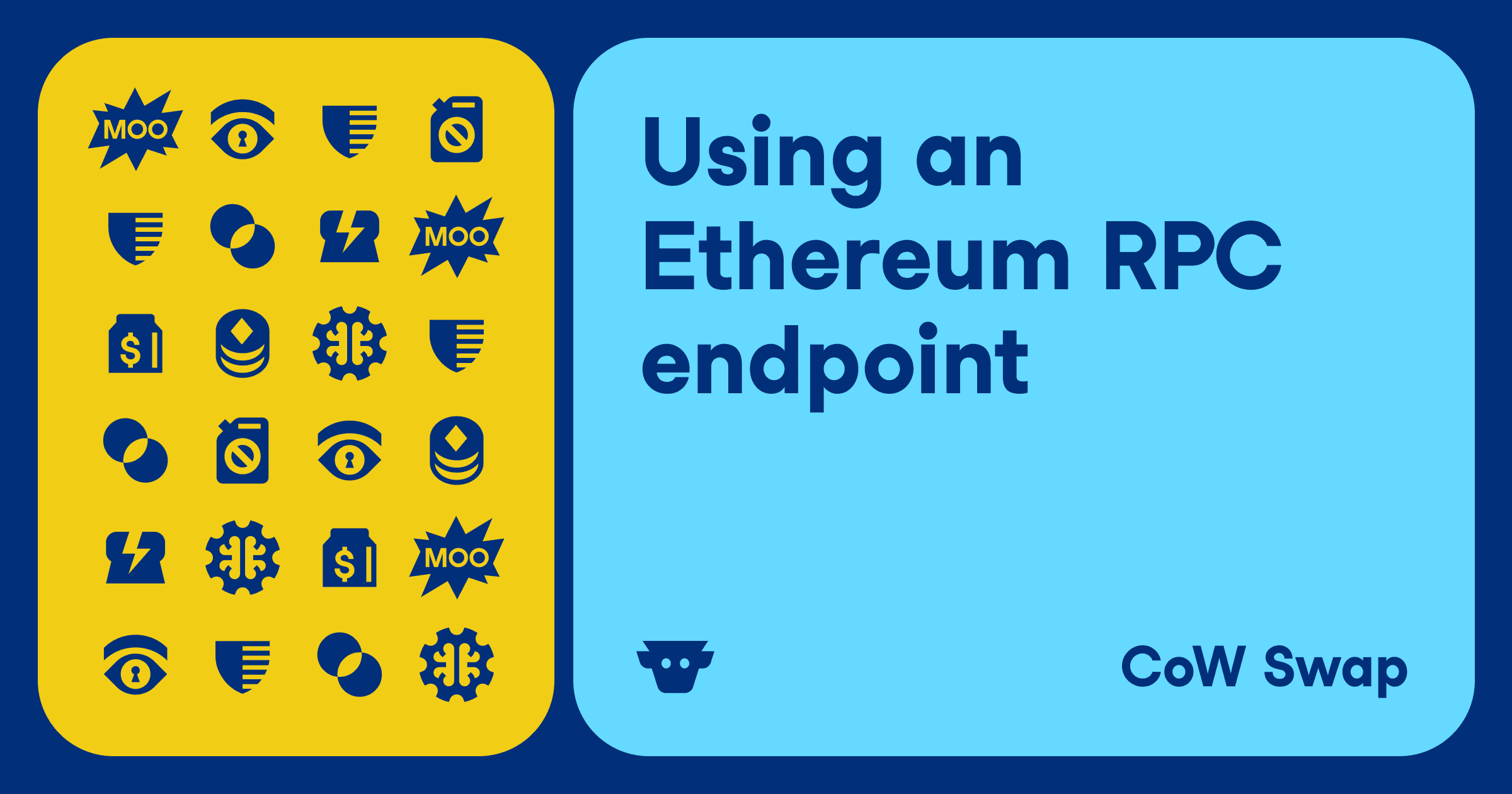How to evaluate on-chain user activity with Dune
On-chain user activity evaluation begins with identifying key performance indicators that reflect genuine engagement rather than superficial metrics. Active users represent individuals who perform transactions within specific timeframes, but this metric alone provides limited insight. More sophisticated analysis examines transaction frequency, value transferred, smart contract interactions, and cross-protocol activity patterns.
Dune Analytics, a comprehensive blockchain data platform, captures transaction-level data that allows analysts to distinguish between different types of user behavior. A user who performs ten high-value decentralized finance (DeFi) transactions demonstrates different engagement patterns than someone executing hundreds of low-value transfers. These distinctions become crucial when evaluating ecosystem health or protocol adoption.
Transaction volume provides another fundamental metric, but raw volume figures can be misleading without proper context. A protocol showing $10 million in daily volume might appear successful, yet further analysis could reveal that 90% of this volume comes from automated bots or wash trading activities—artificial transactions designed to inflate apparent demand. Dune's comprehensive data enables analysts to identify such patterns through detailed address analysis and behavioral clustering.
User retention represents a critical metric that indicates protocol sustainability. Dune enables analysts to track user cohorts over time, examining how many users return after their first interaction. For instance, an analyst might examine users who first interacted with a DeFi protocol in January and determine what percentage remained active three months later.
Consider a scenario where a non-fungible token (NFT) marketplace launches with 50,000 users in its first month. Initial metrics appear promising, but cohort analysis reveals that only 5% of users return in month two, with retention dropping to 1% by month three. This pattern suggests fundamental issues with user experience or value proposition that raw user counts fail to reveal.
Geographic and temporal patterns provide additional insights into user behavior. Dune's timestamp data allows analysts to identify peak usage hours, which can indicate the primary geographic regions driving adoption. A protocol showing consistent activity during Asian business hours likely has strong adoption in that region, while activity concentrated during US market hours suggests different user demographics.
Sophisticated user activity evaluation requires segmentation based on multiple behavioral dimensions. Dune's comprehensive dataset enables analysts to create detailed user profiles based on transaction history, interaction patterns, and value metrics. These segments reveal distinct user archetypes that require different strategic approaches.
Power users typically represent a small percentage of total users but generate disproportionate activity and value. These users might interact with multiple protocols daily, participate in governance activities, and maintain significant token holdings. Identifying and understanding power user behavior patterns helps protocol teams optimize for their most valuable participants.
Casual users form the largest segment in most ecosystems but exhibit sporadic engagement patterns. These users might interact with protocols monthly or quarterly, often driven by specific events or incentives. Understanding casual user triggers enables protocol teams to design targeted engagement strategies.
Inactive users represent those who have stopped engaging with a protocol after initial activity. Analyzing the final interactions of churned users often reveals friction points or competitive pressures that drive user attrition. This analysis helps identify areas requiring improvement or features that might re-engage dormant users.
Modern blockchain ecosystems operate across multiple networks, making cross-chain user analysis increasingly important. Dune's multi-chain coverage enables analysts to track user behavior across different blockchain networks, revealing migration patterns and multi-chain strategies.
Users who bridge assets between networks—transferring cryptocurrency from one blockchain to another—demonstrate sophisticated blockchain knowledge and often represent valuable protocol participants. An analyst might examine users who bridge significant value from Ethereum to Polygon, tracking their subsequent activity patterns to understand layer-2 adoption drivers. Layer-2 solutions are secondary networks built on top of primary blockchains to improve transaction speed and reduce costs.
Cross-chain activity analysis also reveals protocol stickiness and competitive dynamics. Users who maintain activity on Ethereum while exploring alternatives on Arbitrum or Optimism exhibit different risk profiles compared to those who completely migrate to new networks. These patterns help protocols understand competitive positioning and user loyalty factors.
User activity evaluation requires temporal context to identify meaningful trends versus temporary fluctuations. Dune's historical data enables analysts to examine user behavior across different market cycles, protocol upgrades, and external events.
Daily active user trends provide insights into protocol momentum, but weekly and monthly patterns offer better signal-to-noise ratios. A protocol showing consistent week-over-week growth in unique users demonstrates healthier adoption than one with volatile daily metrics but flat weekly trends.
Seasonal patterns affect many blockchain protocols, particularly those related to DeFi yield farming or NFT trading. Understanding these cycles helps distinguish between fundamental growth and cyclical variations. For example, increased DeFi activity during market volatility periods reflects utility-driven engagement rather than speculative interest.
Transaction count metrics fail to capture user activity quality without corresponding value analysis. Dune enables analysts to examine both transaction frequency and economic value, providing comprehensive activity assessments.
Average transaction values reveal user sophistication and protocol utility. A decentralized exchange (DEX) with declining transaction counts but increasing average trade sizes might be evolving toward institutional usage patterns. Conversely, increasing transaction counts with declining average values could indicate growing retail adoption or potential spam activity.
Value retention analysis examines how much economic value users maintain within protocols over time. Users who consistently hold significant balances demonstrate stronger commitment than those who immediately withdraw funds after interactions. This metric proves particularly valuable for assessing DeFi protocol health and user confidence levels.
Dune's comprehensive datasets enable analysts to identify unusual behavioral patterns that might indicate manipulation, exploits, or emerging trends. Sudden spikes in user activity, particularly when concentrated among new addresses, often warrant detailed investigation.
Coordinated activity patterns suggest potential manipulation or bot networks. Multiple addresses exhibiting identical interaction sequences or timing patterns typically indicate non-organic behavior. Identifying these patterns helps distinguish genuine user growth from artificial inflation.
Conversely, organic growth patterns typically show natural distribution curves in user behavior metrics. New user onboarding follows predictable patterns, with gradual adoption curves and normal retention distributions. Deviations from these patterns often signal either exceptional product-market fit or artificial manipulation.
Effective user activity evaluation requires systematic approaches to data collection, analysis, and interpretation. Dune's query capabilities enable analysts to create automated monitoring systems that track key metrics over time.
Regular monitoring dashboards should include core metrics like daily active users, transaction volumes, new user acquisition, and retention rates. These baseline metrics provide context for deeper analysis when unusual patterns emerge.
Comparative analysis across similar protocols provides valuable benchmarking opportunities. Understanding how user activity patterns differ between competing DeFi protocols or NFT marketplaces reveals relative strengths and weaknesses that inform strategic decisions.
On-chain user activity evaluation through Dune requires combining multiple analytical approaches to develop comprehensive understanding. Simple metrics like transaction counts provide starting points, but meaningful insights emerge from examining user behavior patterns, cross-chain activity, temporal trends, and value-based assessments. Successful analysis identifies both organic growth patterns and potential manipulation while providing actionable insights for protocol development and strategic planning. The foundation lies in maintaining analytical rigor while adapting methodologies to specific protocol characteristics and ecosystem dynamics.
Frequently asked questions
How to do chain analysis in crypto?
Chain analysis in crypto involves examining on-chain data to understand user behavior, transaction patterns, and protocol health. Start by identifying key performance indicators like active users, transaction frequency, and value transferred. Use comprehensive datasets to distinguish between different user behaviors - for example, analyzing whether high transaction volumes come from genuine users or automated bots. Focus on transaction-level data to track smart contract interactions, cross-protocol activity, and user retention patterns. Create user segments based on behavioral dimensions like power users, casual users, and inactive users. Monitor temporal trends to distinguish between fundamental growth and temporary fluctuations, and always combine multiple analytical approaches rather than relying on single metrics.
What is the valuation of Dune crypto?
Dune Analytics is not a cryptocurrency but rather a blockchain analytics platform that provides tools for querying and analyzing on-chain data. Dune doesn't have its own native token or crypto valuation. Instead, it operates as a data analytics service that helps users create dashboards, run queries, and analyze blockchain activity across multiple networks. The platform generates revenue through subscription services for advanced features rather than through a cryptocurrency token model.
What chains does Dune support?
Dune Analytics provides multi-chain coverage that enables comprehensive cross-chain user analysis. The platform supports major blockchain networks including Ethereum, Polygon, Arbitrum, and Optimism, among others. This multi-chain support allows analysts to track user behavior across different networks, examine migration patterns between chains, and understand layer-2 adoption drivers. Users can analyze cross-chain activity to see how participants bridge assets between networks and maintain activity across multiple blockchain ecosystems, providing insights into protocol stickiness and competitive dynamics in the multi-chain landscape.
How to check crypto activity?
To check crypto activity, examine multiple metrics beyond simple transaction counts. Monitor daily, weekly, and monthly active users to understand engagement patterns and protocol momentum. Analyze transaction volumes alongside frequency to assess activity quality - look at average transaction values to gauge user sophistication and protocol utility. Track user retention through cohort analysis to see how many users return after their first interaction. Examine geographic and temporal patterns to identify peak usage hours and regional adoption. Use value-based assessments by analyzing how much economic value users maintain within protocols over time. Watch for behavioral anomalies like coordinated activity patterns that might indicate manipulation, and always compare metrics across similar protocols for proper benchmarking context.


